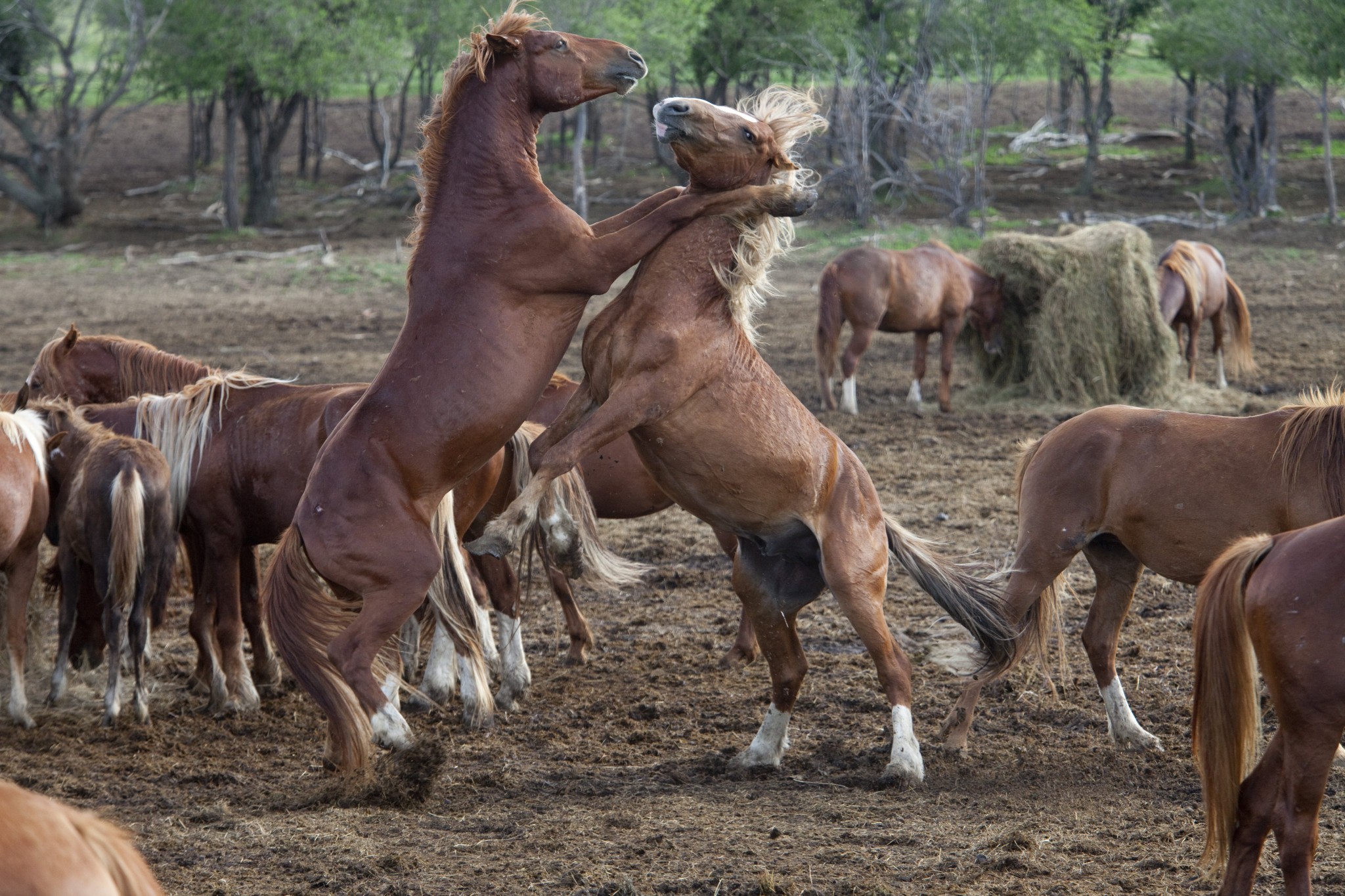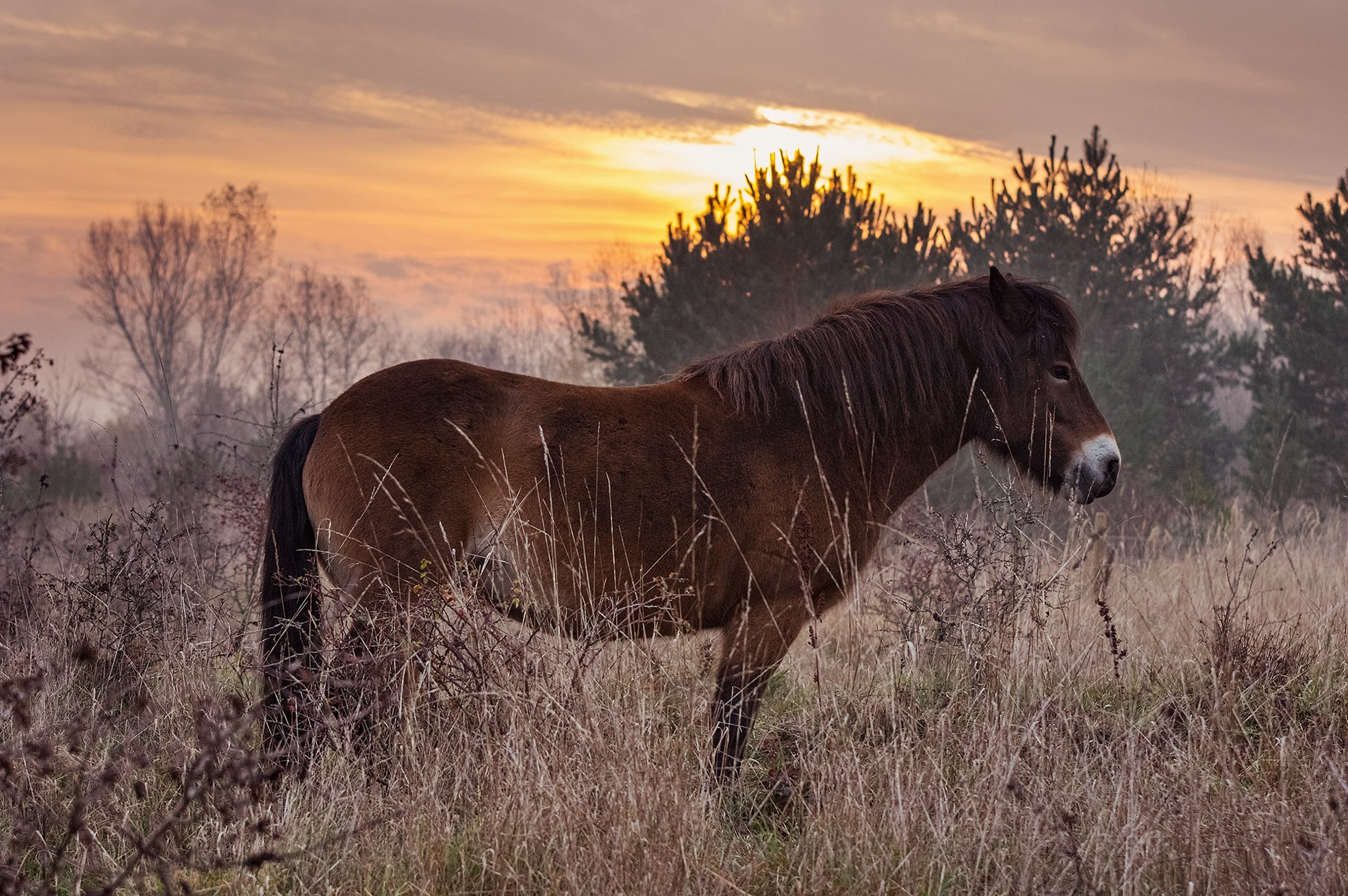

We all find the notion of wild horses roaming free romantic and inspiring. Over the age of 15, they become more prone to developing conditions like arthritis and problems with their hooves and teeth that will prove fatal in the long run. Old age also catches up to horses much quicker in the wild. Cruel as it sounds, horses tend to leave their injured and weak behind to ensure the safety of the herd. In the unforgiving wilderness, an injury such as a broken leg means the end of a wild horse.

Lacking the care and protection of humans, they are much more likely to perish due to injury, disease, or harsh weather. Unfortunately, horses tend to live shorter lives in the wild than in captivity. Sometimes, bachelor stallions will even work together to steal mares from smaller herds! They wait until the lead stallion is not paying attention, then swoop in like a vulture to take as many mares as they can.Īlso read: 12 Best Places to See Wild Horses in North America Wild Horses Live for 15-20 Years Sticking together not only keeps them safe from predators, but also gives them the opportunity to practice fighting. It’s not uncommon that young stallions who left their herds form bachelor groups of 5-8. On average, a stallion will maintain his position in the herd for two years, although some manage for as long as a decade.Īs stallions get older and weaker, they will face more and more challenges from younger stallions wanting to have their own mares (Source: Rutgers).Īlso read: Cowboy Dedicates 11,000 Acres to a Wild Mustang Horse Sanctuary Wild Colts Form Bachelor Groups to Stay Safe However, since colts pose a threat to their father’s status, the stallion usually casts them out of the herd by age 2. Most wild mares will produce one foal a year that will suckle for 6-8 months and stay with the herd for 1-2 years.įillies often end up staying indefinitely, unless they join the herd of another stallion. While the stallion protects the herd, the horses generally follow the lead of the alpha mare who’s responsible for finding fresh pastures and water sources. Hence why horses instinctively seek out the company of other horses.Ī herd of horses is essentially a family unit in a natural setting, consisting of a single stallion, his mares, and their foals. Being prey animals, they find strength and safety in numbers. In both wild and domestic environments, horses live in herds with a clearly defined social structure. However, since the foundation stock consisted of domesticated horses, the breed can never be called truly wild.Īlso read: 1 2 Most Common Wild Horse Breeds Wild Horses Live in Groups of 3 to 22 Using part-Tarpan stock and related Eastern European horses, breeders created the Heck horse that closely resembles its extinct relative. Nevertheless, the Tarpan had many primitive traits, such as a small, stocky stature, primitive markings, and a grullo coat color.Īfter the last allegedly Tarpan horse died in a Russian zoo in 1909, there were a few attempts to bring back this ancient breed. While it is generally accepted that Tarpans were wild horses, some scientists remain skeptical. Also known as the Eurasian wild horse ( Equus ferus ferus), it roamed the Russian steppe until its extinction in the wild between 18. The beginning of the 20th century saw the end of the world’s last truly wild horse breed, the Tarpan. The Last Truly Wild Horse Breed Went Extinct in 1909

However, more evidence will be necessary to validate this theory. Some experts believe the event occurred several times in various parts of the world. There is still much work to be done until scientists can fully uncover how horse domestication happened. Surprisingly, this is not the case, as only 2.7% of horses today can trace their ancestry back to the horses of the Botai people.

Since Przewalski’s horses are the first domesticated breed, it would seem logical that modern horse breeds evolved from these primitive equines. As a result, we cannot consider these horses wild, even though they have lived without much human contact. The theory of the last truly wild horses was debunked in 2018 when a study revealed that Przewalski’s horses are, in fact, descendants of the first-ever domesticated horses.Īccording to the study, the ancestors of the breed were domesticated by the Botai people of northern Kazakhstan some 5,500 years ago. These primitive-looking horses were reintroduced to their natural habitat in 1992 after being driven to near-extinction by humans. Until recently, scientists believed that the Przewalski’s horses of Mongolia were the last truly wild horses in the world.


 0 kommentar(er)
0 kommentar(er)
